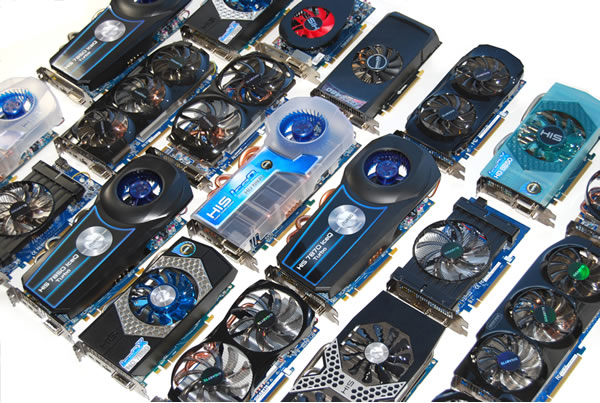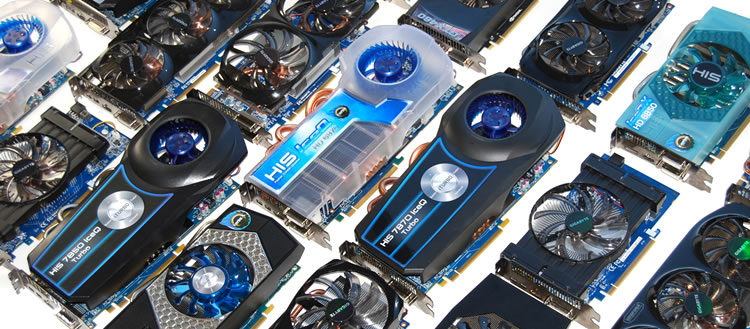AMD kick-started 2012 with the release of the Radeon HD 7970, the first member of the Radeon HD 7000 GPU series. This launch marked the introduction of the first-ever graphics card to be made on a 28nm design process, representing the company's most complex GPU to date, with 4,313 million transistors in a 352mm2 die.
Following this release, through the year AMD shipped seven additional 28nm HD 7000 cards targeting price ranges from $100 through to $400, which is where the HD 7970 sits today (nearly 30% below its debut price). Most of AMD's lineup has undergone similar price cuts to address stiff competition from Nvidia's own 28nm GPU offerings.
Nvidia arrived slightly later to the party, roughly two months after the HD 7970 debut, the GeForce GTX 680 at $500 was cheaper and faster than the HD 7970, forcing AMD to make swift price cuts even though the GTX 680 remained in very limited supply for many months.
This price war of sorts continued as Nvidia dribbled out new GTX 600 parts over the next five months. Discontent with reactively slashing prices, AMD made an effort to improve margins by releasing overclocked versions of its two top models: the HD 7970 GHz Edition and the HD 7950 Boost.
By mid-September things had settled down and models had been consolidated. We finally had a better idea of where things were going to stand in terms of price and performance, and neither company seemed to have another major release in the works. And then, AMD threw us a curve ball.

The new Catalyst 12.11 beta drivers delivered major performance gains in many popular games such as Battlefield 3, Borderlands 2, Civilization V, Skyrim, Sleeping Dogs and StarCraft II. While most titles ran around 10% faster depending on their settings, Battlefield 3 was 20 to 30% faster.
Around the same time, Nvidia released a new beta driver of its own (GeForce 310.33) which claimed modest gains for the GTX 680 and GTX 660 in several titles, and this driver has since been replaced by the GeForce 310.61 update, which made further performance enhancements. This is what we'll be testing today.
With updated pricing and performance across the board, we figured it would be worth revisiting both company's offerings to see where you should spend your hard-earned cash this holiday season and into early next year.
